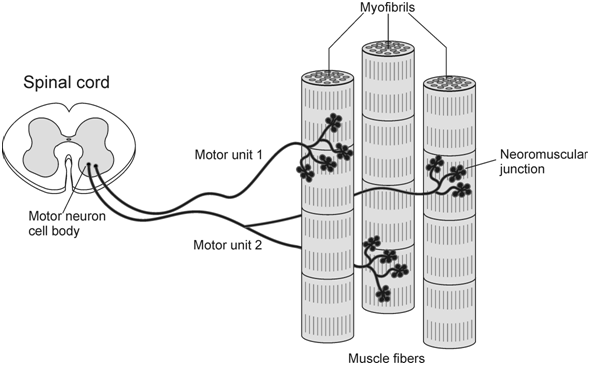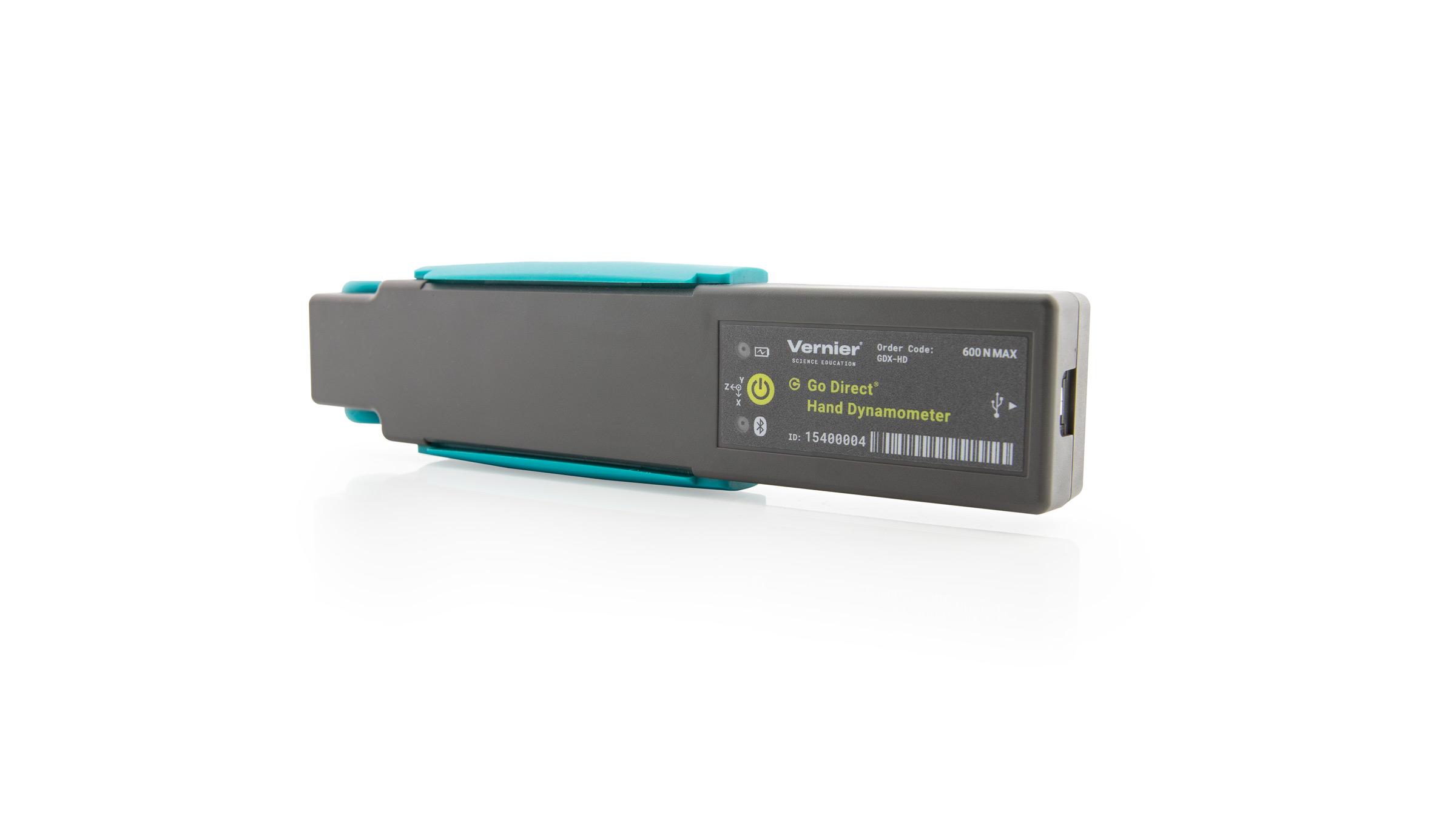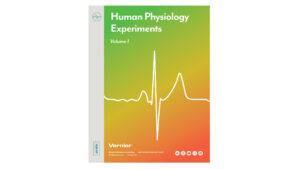
Introduction
Voluntary muscle contraction is the result of communication between the brain and individual muscle fibers of the musculoskeletal system. A thought is transformed into electrical impulses which travel down interneurons and motor neurons (in the spinal cord and peripheral nerves) to the neuromuscular junctions that form a motor unit.
The individual muscle fibers within each motor unit contract with an “all or none” response when stimulated, meaning the muscle fiber contracts to its maximum potential or not at all. The strength of contraction of a whole muscle depends on how many individual fibers are activated, and can be correlated with electrical activity measured over the muscle with a technique called electromyography, or EMG.
Regular exercise is important for maintaining muscle strength and conditioning. The most common form of non-aerobic exercise is isotonic (weight training). In isotonic exercise, the muscle changes length against a constant force. In isometric exercise the length of the muscle remains the same as greater demand is placed on it. An example of this is holding a barbell (or suitcase) in one position for an extended period of time. Muscle fatigue occurs with both forms of exercise.
In this experiment, you will use the Hand Dynamometer to measure maximum grip strength and correlate this with electrical activity of the muscles involved as measured using the EKG Sensor. You will see if electrical activity changes as a muscle fatigues during continuous maximal effort. Finally, you will observe the results of a conscious effort to overcome fatigue in the muscles being tested.
Objectives
- Obtain graphical representation of the electrical activity of a muscle.
- Correlate grip strength measurements with electrical activity data.
- Correlate measurements of grip strength and electrical activity with muscle fatigue.
- Observe the effect on grip strength of a conscious effort to overcome fatigue.
Sensors and Equipment
This experiment features the following sensors and equipment. Additional equipment may be required.
Correlations
Teaching to an educational standard? This experiment supports the standards below.
- International Baccalaureate (IB)/Sports, Exercise, and Health Science
- 4.1 Neuromuscular function
- 9. Fatigue
- International Baccalaureate (IB) 2025/Biology
- B3.2.16—Stages in the cardiac cycle
- B3.3.2—Sliding filament model of muscle contraction
- B3.3.4—Structure and function of motor units in skeletal muscle
Ready to Experiment?
Ask an Expert
Get answers to your questions about how to teach this experiment with our support team.
- Call toll-free: 888-837-6437
- Chat with Us
- Email support@vernier.com
Purchase the Lab Book
This experiment is #3 of Human Physiology Experiments: Volume 1. The experiment in the book includes student instructions as well as instructor information for set up, helpful hints, and sample graphs and data.



